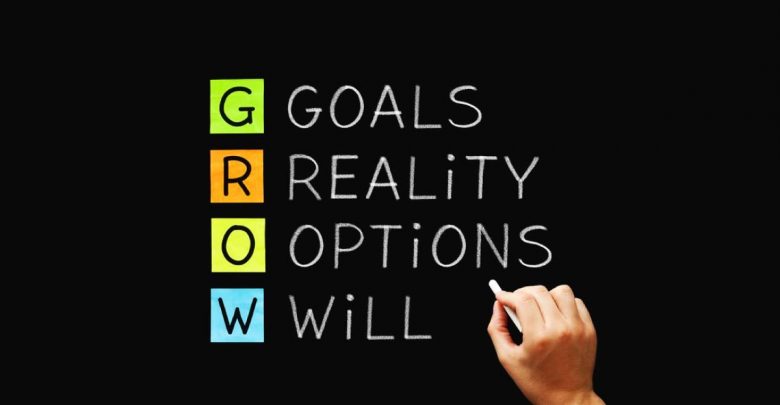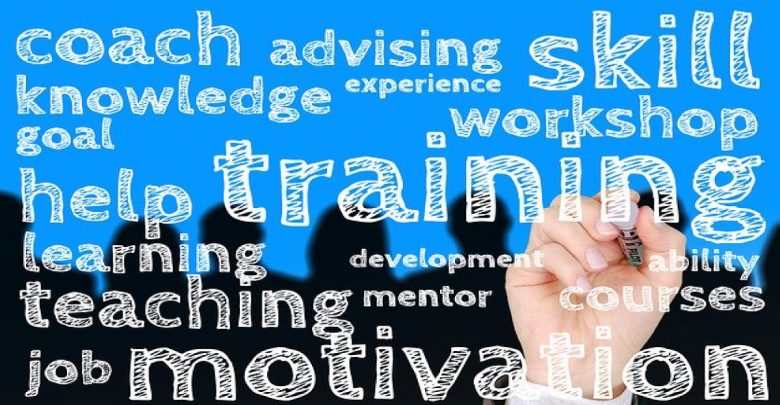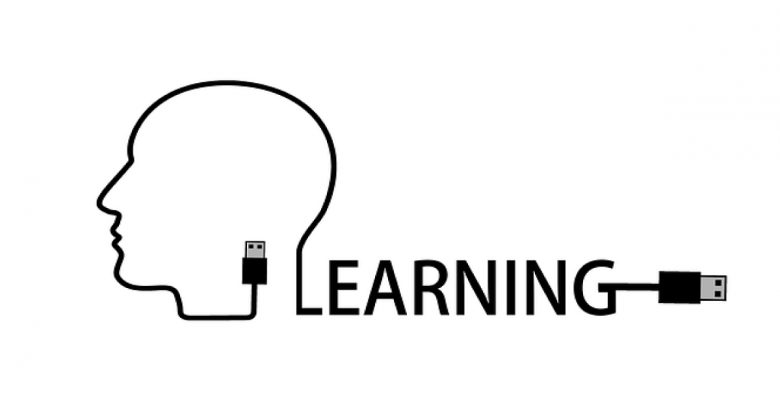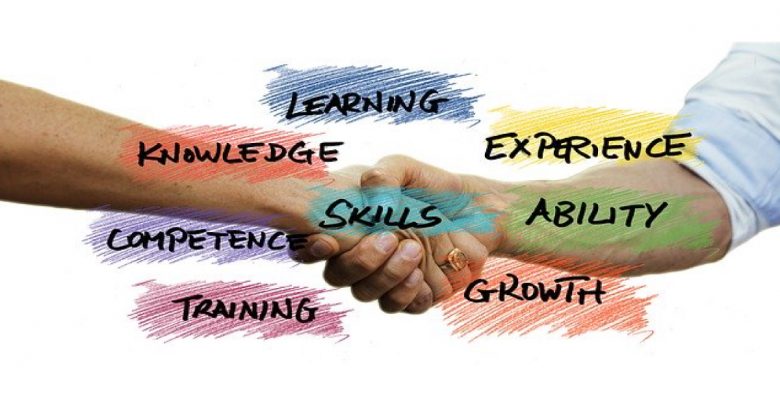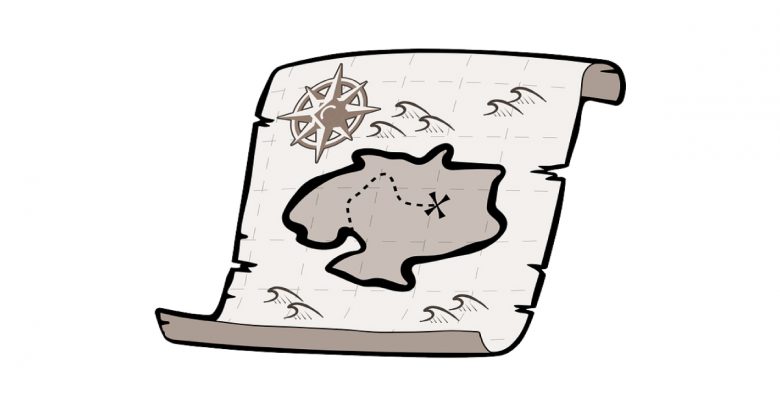methods
-
The GROW coaching model by Sir John Whitmore is a proven model that brings structure in a coaching conversation with your colleagues. It allows facilitation of learning that is based on personal needs, insights and decisions to move forward, which enables ownership of personal and professional development. This model is especially useful when teams of trainers want to cultivate a…
Read More » -
Conflicts are part of the natural process of any relationship including the ones with your teammates. A conflict can happen because of miscommunication and misunderstanding, but also because due to differences of approaches, opinions, attitudes and perspectives on a situation, or in some instances lack of resources. Acknowledging the conflict as part of the teamwork it’s only the first step…
Read More » -
Introduction: The evaluation report should be structured in a manner that reflects the purpose and questions of the evaluation and should be clearly addressed for proposing changes and proposing adaptation in the future model of the training. The specific evaluative rubrics should be used to ‘interpret’ the evidence and determine which considerations are critically important or urgent. Evidence on multiple…
Read More » -
Introduction: All content needs to be taught to the application and creation level or higher. Sheer instruction alone does not guarantee the transfer of knowledge. Transfer of learning occurs when the knowledge we acquire moves from our working memory to long-term memory and is retrievable. There are many things that impede this process. As a facilitator, we need to make…
Read More » -
Introduction: Many methodologies can be used for collecting data, even too many if we are not fully aware of the way we are going to use them. Content: DIFFERENT METHODS OF COLLECTING INFORMATION METHOD ADVANTAGES DISADVANTAGES Surveys (Mail) · Many people can be surveyed · Not time-consuming · Relatively inexpensive · Everyone gets the same instrument · Objective interpretation ·…
Read More » -
Introduction: The concept of transferability of learning has different aspects and can be defined by situation, context, and behaviors. Content: The main purpose of any learning or education is that a person who acquires some knowledge or skill in a formal or structured situation like a classroom, or a training situation, will be able to transfer such knowledge and skills…
Read More » -
Introduction: A ‘one-size-fits-all’ approach cannot be used for learners in general and especially for those who are at risk of leaving education early, or for those who have already done (so) that or they are living in disadvantaged conditions. They need individualized educational responses. This refers to the content of the learning and the way it is delivered, as well…
Read More » -
Introduction: The training development should always be based on learners’ needs and how to fulfill them in a significant giveaway. Based on learners’ needs, we develop the learning objectives of the training and the methods/activities that are functional to their achievements. When we discuss learners’ needs and methodology for assessing them, we open a wide theoretical and practical chapter that…
Read More » -
Introduction: As trainers in the field of non-formal education, sometimes we are more aware of methodologies rather than the inner essence of the concept and values that are the basis of this approach as an educational practice. It is very important to distinguish that when you plan the training activities, to understand why some methodologies have been created, but also…
Read More » -
Why did I choose this tool? I started to think about the way I choose this method and which factors are influencing me as a trainer to choose one or another method. Of course, the first place is for my educational/learning goal, what would I like to achieve and which method or methodology would fit to my learning goal the…
Read More »
